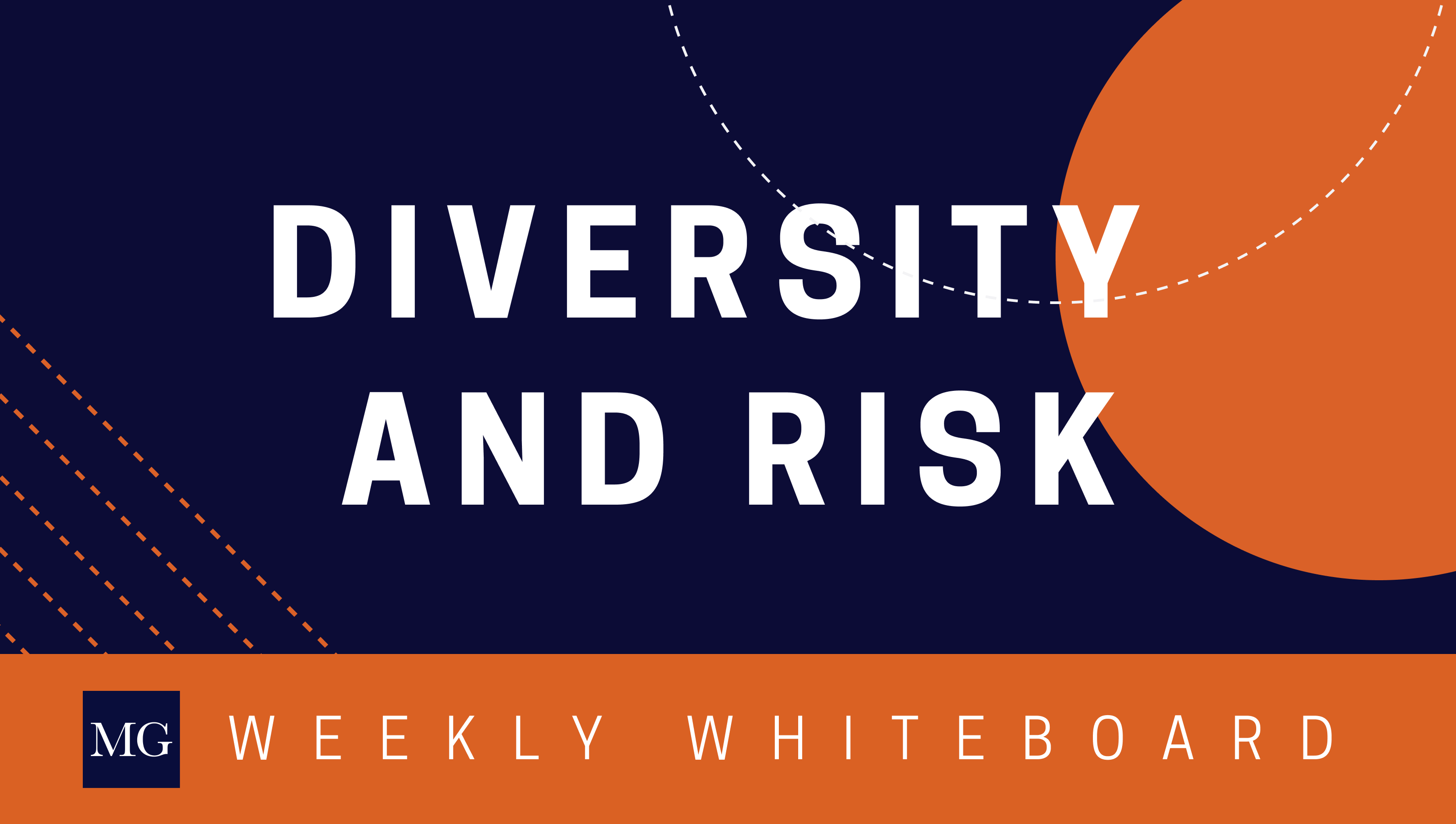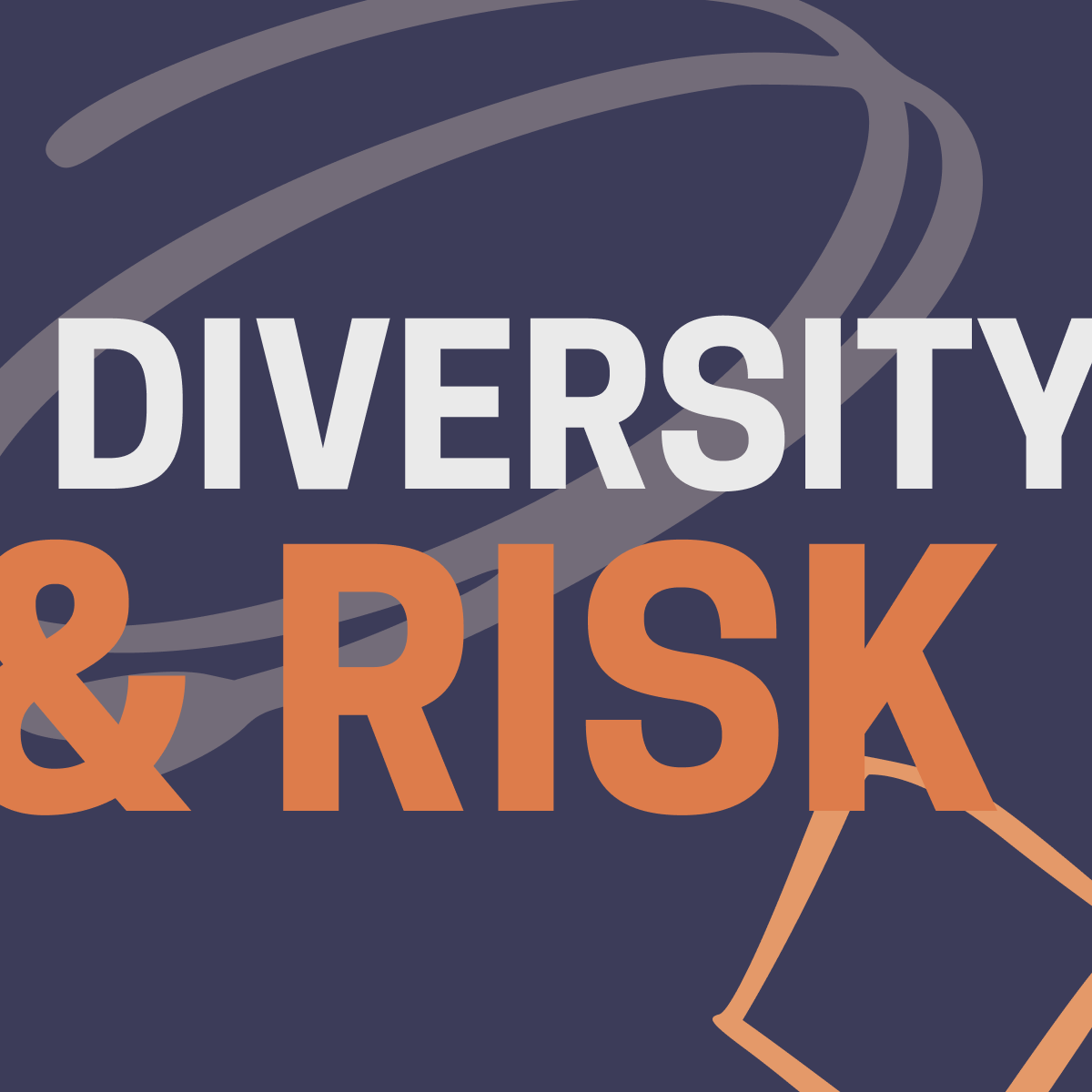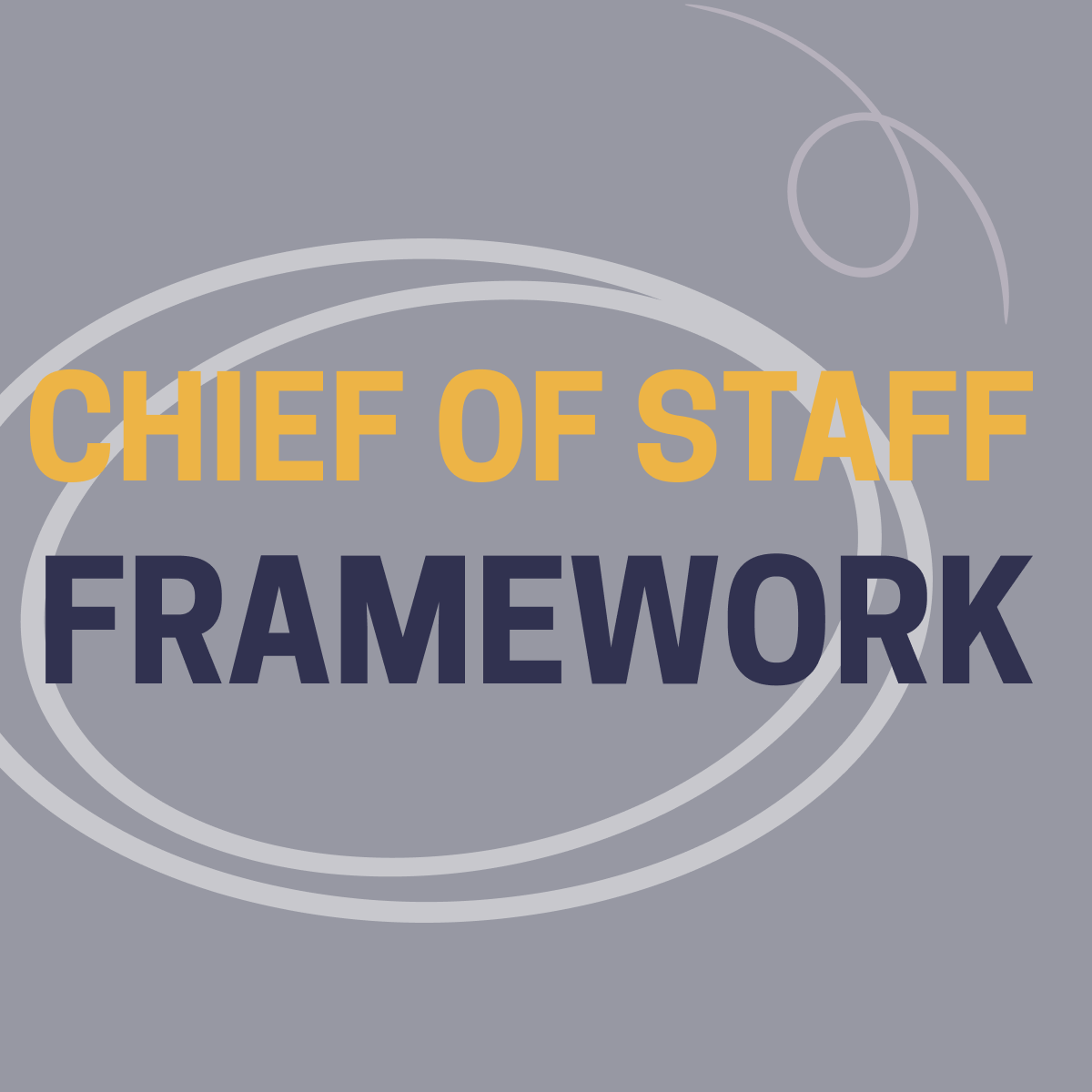We're excited to announce the launch of our book, Risk: A User's Guide. In it, Stan McChrystal and I argue that the greatest risk to us is ourselves, but there is something we can do about it. A key chapter in our book focuses on the vital role of diversity in mitigating risk.
Understanding the Importance of Diversity in Risk Management
Teams are best positioned to react to risk when they honor their members' diversity, incorporate their thoughts and opinions, and act across a range of perspectives. As we've discussed, risk is the product of threats and vulnerabilities—external hazards and internal weaknesses. Teams that fail to be diverse are increasingly vulnerable to threats. Just as the human immune system gets stronger by fighting off different threats, we can also inoculate our teams against groupthink by prioritizing diversity.
What is Groupthink? Groupthink occurs when teammates are pressured to accept the same consensus, making them less likely to share new perspectives or ideas. This increases the risk of blind spots and dropped balls.
Three Types of Diversity to Combat Risk
Demographic Diversity: This includes age, gender, ethnicity, race, and sexual orientation. Your teams must represent the world around you to survive within it. While necessary, demographic diversity alone is insufficient.
Diversity of Thought: Different perspectives on the operating environment and diverse experiences are crucial to ward off groupthink. President Kennedy's diverse group of advisors during the Cuban Missile Crisis exemplifies the importance of this type of diversity.
Diversity of Ability: Leveraging unique skill sets is essential for teams to detect threats, assess their significance, respond effectively, and learn from the process. Stan shares the story of fusion cells that utilized abilities from various military units and agencies to combat al-Qaeda.
Teams that capitalize on demographic diversity, diversity of thought, and diversity of ability are best positioned to react to risk. Leaders must be inclusive to withstand the unknown. Although threats will constantly change, we have control over our vulnerabilities, and we are less vulnerable when we recruit and work with a diverse team.



